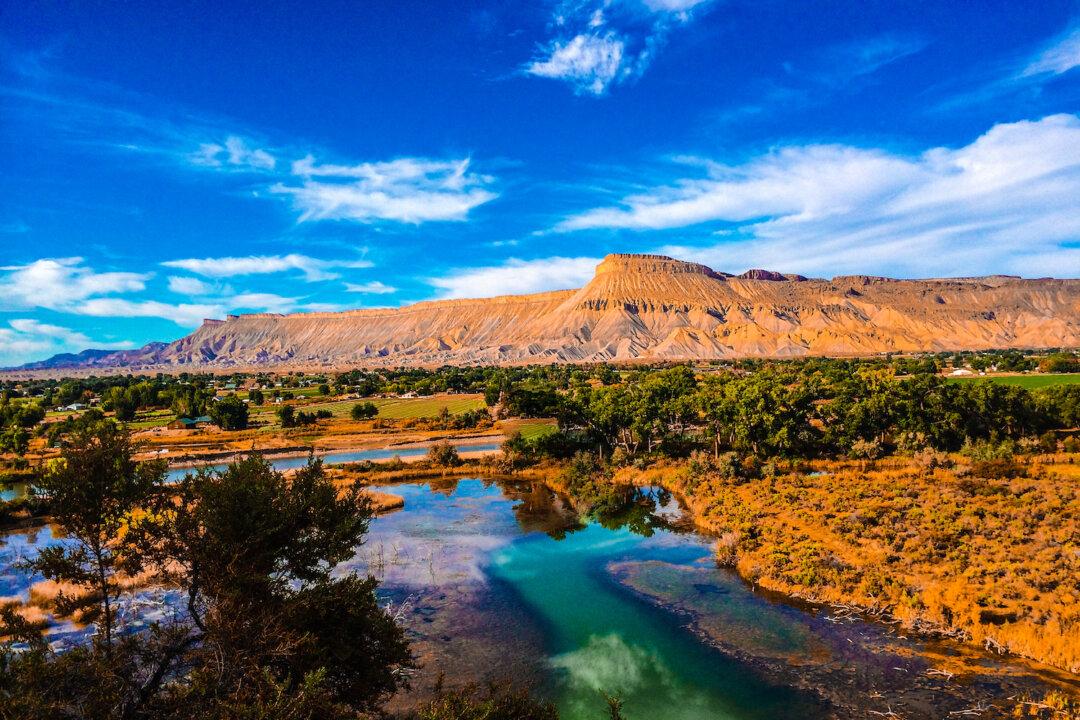MESA COUNTY, Colo.—Spencer Christensen is conflicted when he talks about Colorado’s Grand Mesa.
“As a person who likes the Grand Mesa for personal reasons, I want it to be kept secret,” he said. “But as a business owner who has the Grand Mesa Lodge, it’s just the opposite. The more people find out about it, the better.”






